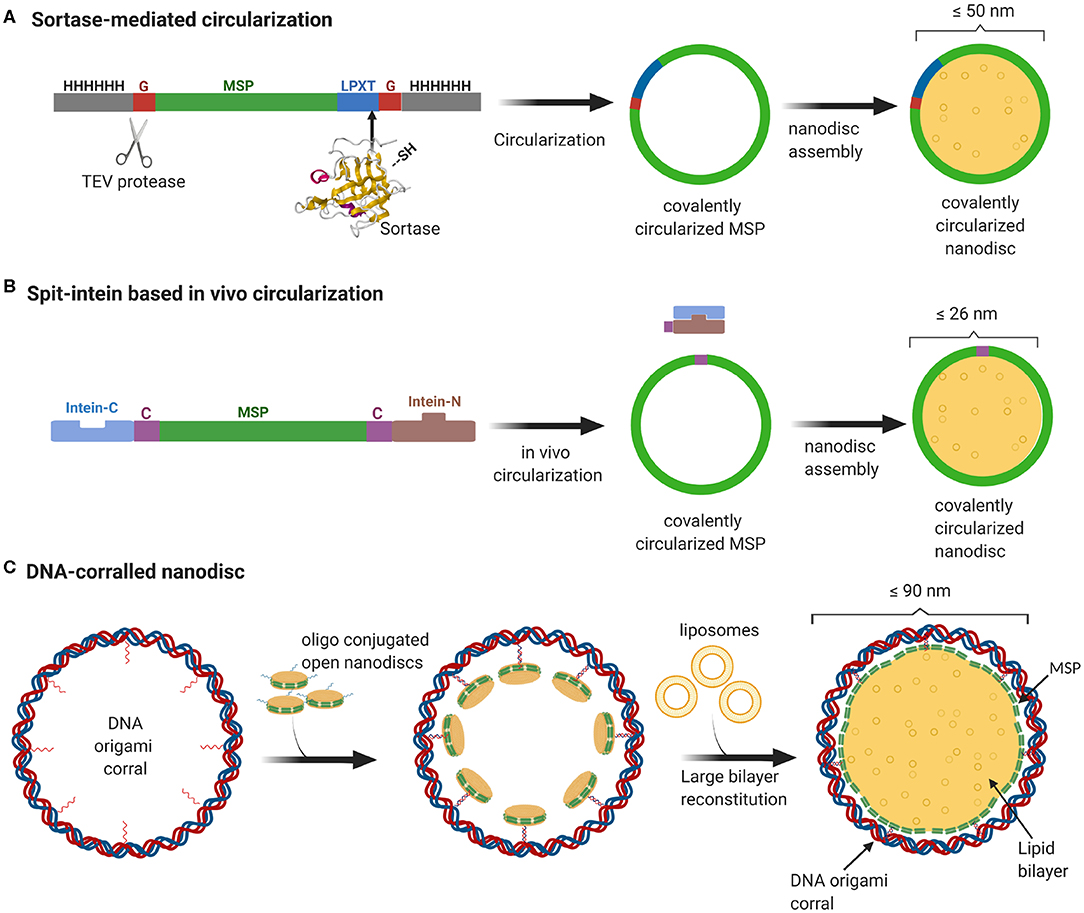

Let’s begin by taking a look at macroscopic or gross anatomy. Human anatomy consists of two main divisions:įeeling brave today? Jump into your first quiz about the directional terms and body planes of the human body! With this vocabulary up our sleeves, it’s time to dive deeper into the subject and find out more about its learning approaches. Movements can also be described by standardly accepted terms, such as flexion and extension. These views showcase the position and relations between anatomical structures, which are described by precise terms, for example superior, inferior, lateral, and many others. In a nutshell, three main anatomical planes divide the body into frontal, lateral, and transverse views. What’s the best place to start? By mastering the basics, such as directions, movements, body planes, and overall anatomical terminology. Learning such a complex subject can only be accomplished by taking small and logical steps. This 2000 year old scientific discipline sprung to life in Ancient Egypt and was increasingly developed across the ages by anatomy heavyweights like Galen, Leonardo da Vinci, Vesalius, and many others. Looks at the microscopic structure of tissues and organsĬlincal/applied anatomy, cross-section, medical imagingįirst things first, what is anatomy and where did it all begin? The term 'anatomy' derives from ancient Greek meaning ‘dissection’ or 'to dissect’ and involves the study of the structure of the human body. Organises the body into defined parts: Upper limb, lower limb, trunk and back, thorax, abdomen and pelvis, head and neck, neuroanatomyĮvaluates the body by defined systems: Integumentary, musculoskeletal, nervous, endocrine, circulatory, respiratory, digestive, urinary, reproductive, lymphatic systems In this article, we’ll take a look at what this subject means and how you can tackle it in the most logical way. However, what does human anatomy actually entail? Medical schools typically teach the anatomy of these structures in approximately one academic year. There are approximately 200 bones, 650 muscles, 79 organs, and enough blood vessels to circle the Earth twice! The human body is a complex and intricate piece of engineering in which every structure plays a precise role. Human body in the anatomical position (anterior view)


 0 kommentar(er)
0 kommentar(er)
